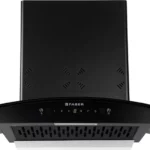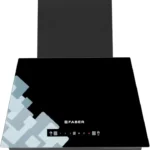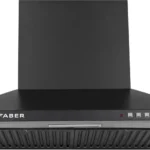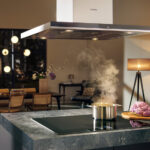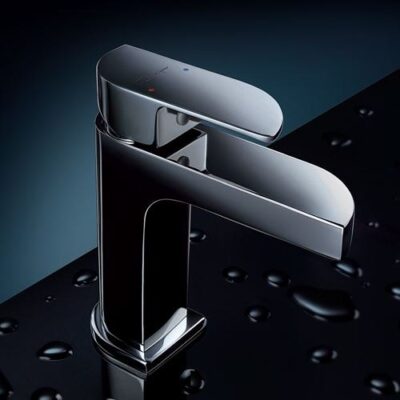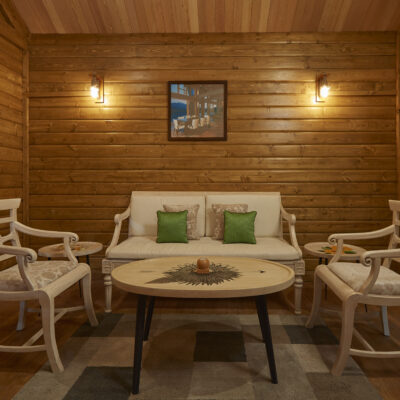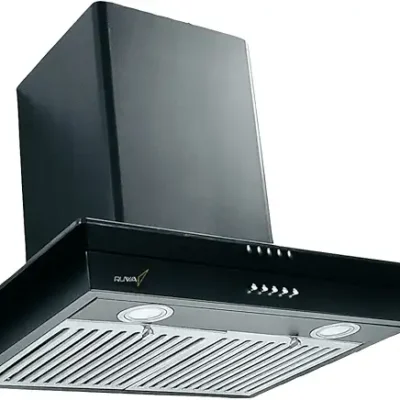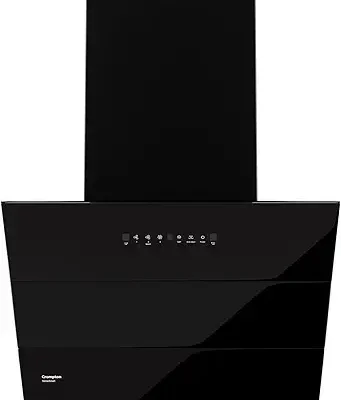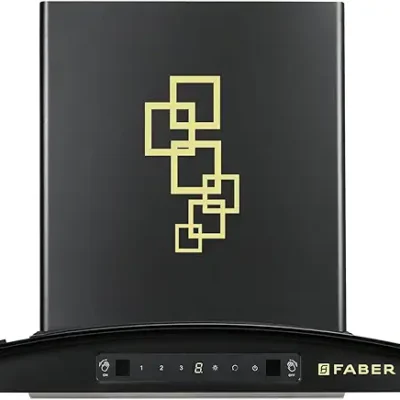Modular Kitchens these days are equipped with stylish cabinets, costly fixtures, lights and other appliances. Heat, fumes and grease can play havoc on their looks and maintenance.Kitchen chimneys are essential for making your modular kitchen a low maintenance kitchen. A kitchen chimney can effectively remove smoke, grease, and cooking odors, improving air quality and preventing these pollutants from settling on walls and furniture and also makes the kitchen’s ventilation safe and breathable.
Various types of Kitchen Chimneys are available in the market now a days. Kitchen Chimneys can vary according to the following
Ducts Type
- Ducted Kitchen Chimneys
- Ductless Kitchen Chimneys
Mount and Hood Type
- Wall-Mounted Chimneys
- Island Chimneys
- Built-in Chimneys
- Corner Chimneys
- Downdraft Chimneys
Filter Type
- Baffle Filters
- Cassette Filters
- Filterless Chimney
Chimneys according to Duct Type
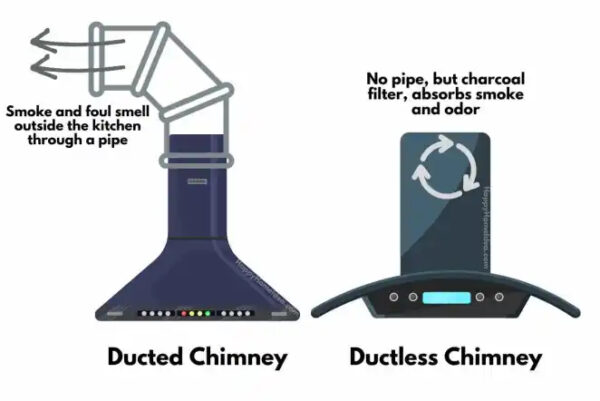
Ducted Chimneys: These vent smoke and fumes outside through a duct. They are efficient but require installation of ducting
Ductless Chimneys: These filter air and recirculate it back into the kitchen. They’re easier to install but less efficient in removing smoke and odours
Chimneys according to Mount and Hood Type
Wall-Mounted Chimneys:

Design: Installed on the wall above the cooking area.
Features: Various designs including curved glass, straight glass, pyramid-shaped, and box-shaped.
Ideal For: Kitchens with limited space or where island or built-in options aren’t feasible.
Island Chimneys:
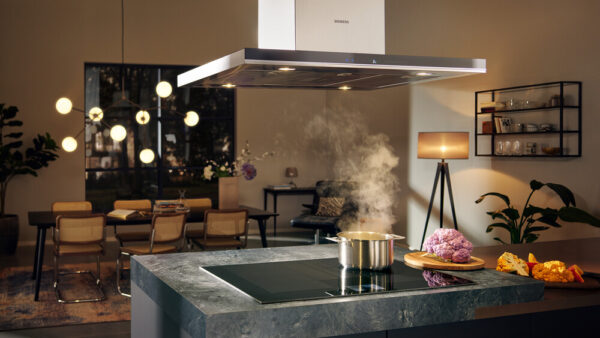
Design: Installed on the ceiling above island cooktops, suitable for open kitchens.
Features: Designs include dome-shaped, cylinder-shaped, and flat glass.
Ideal For: Open kitchen layouts with island cooktops, providing efficient ventilation and a stylish focal point.
Built-in Chimneys:
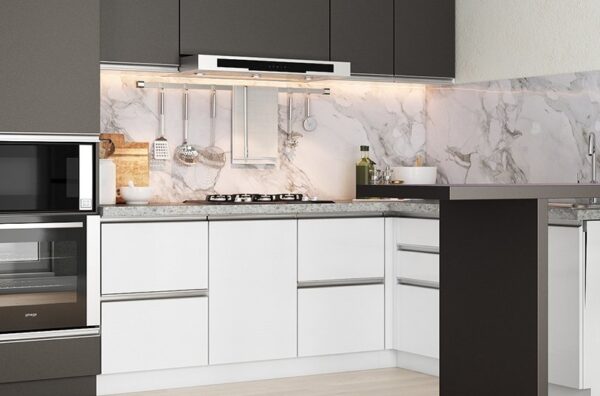
Design: Integrated into kitchen cabinets for a seamless look and space-saving solution.
Features: Blend seamlessly into kitchen decor, often customizable to match cabinet design.
Ideal For: Modular kitchens where aesthetics and space optimization are priorities.
Corner Chimneys:
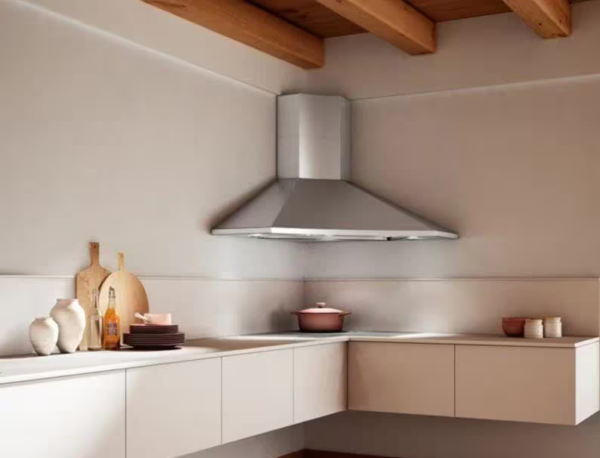
Design: Installed in corners, ideal for kitchens with the hob located against the wall.
Features: Space-saving solution, less common in Indian homes.
Ideal For: Kitchens with limited space where traditional wall-mounted options aren’t suitable.
Downdraft Chimneys:
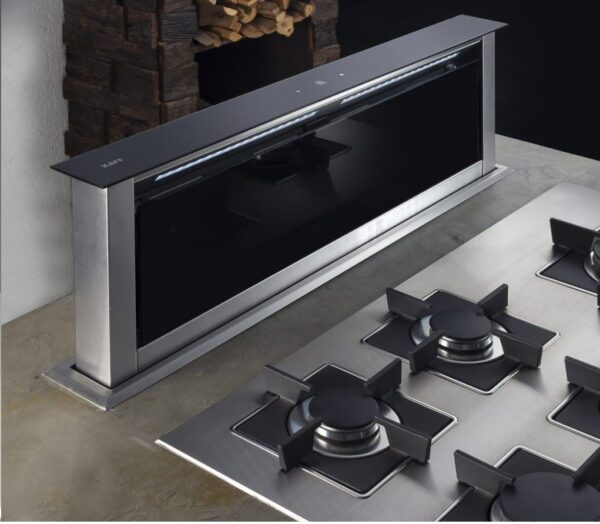
Design: Installed on the cooktop, sucking fumes downward, suitable for low-ceiling kitchens.
Features: Efficient smoke extraction in kitchens with low ceiling height.
Ideal For: Kitchens with low ceilings or unconventional layouts where traditional hood types aren’t practical.
Comparison Table of Kitchen Chimneys
| Ductless Chimneys | Wall-Mounted Chimneys | Island Chimneys | Built-in Chimneys | Corner Chimneys | Downdraft Chimneys | Downdraft Chimneys | |
|---|---|---|---|---|---|---|---|
| Installation | Requires duct installation | Easy to install, no ducts required | Installed on the wall above the cooking area | Installed on the ceiling above island cooktops | Integrated into kitchen cabinets | Installed in corners | Installed on the cooktop, sucking fumes downward |
| Design | Fixed design due to duct requirement | Flexible in design, can be placed anywhere | Various designs: curved glass, straight glass, pyramid | Designs include dome-shaped, cylinder-shaped, and flat glass | Seamless look, customizable | Space-saving, less common | Suitable for low-ceiling kitchens |
| Efficiency | High efficiency in removing smoke and odours | Less efficient in removing smoke and odours | Efficient for kitchens with limited space | Efficient ventilation, stylish focal point | Efficient, space-saving | Efficient for small spaces | Efficient for unconventional layouts |
| Maintenance | Requires periodic cleaning of ducts | Requires filter replacements and regular cleaning | Regular maintenance of filters | Regular maintenance of filters | Regular maintenance of filters | Regular maintenance of filters | Low maintenance due to simple design |
| Suction Power | High suction power | Moderate suction power | Depends on model, typically high suction power | High suction power for open layouts | Moderate to high suction power | Moderate suction power | High suction power |
| Space Requirement | Needs space for ductwork | Space-saving | Wall space above the stove | Ceiling space above island cooktops | Cabinet space | Corner space | Cooktop space |
| Noise Levels | 58-62 dB | 60-65 dB | 55-60 dB | 55-60 dB | 55-60 dB | 55-60 dB | 55-60 dB |
| Ideal For | Heavy cooking, kitchens with external vent options | Light to moderate cooking, kitchens without external vent | Kitchens with limited space or where island options aren’t feasible | Open kitchen layouts with island cooktops | Modular kitchens prioritizing aesthetics and space | Kitchens with limited space where traditional wall-mounted options aren’t suitable | Kitchens with low ceilings or unconventional layouts |
| Brands | Faber Hindware | Elica
Glen |
Bosch Elica | Kaff Faber | Glen Elica | Elica Glen | Faber
Kaff |
Chimneys according to Filter Type
Baffle Filter Chimneys:
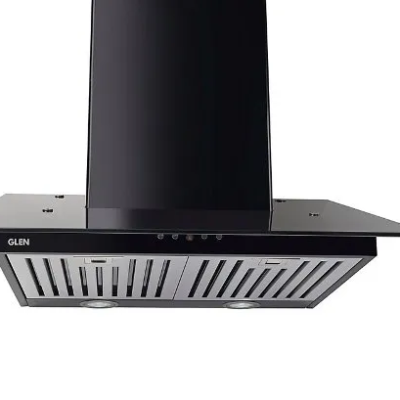
Material: Made of multiple layers of steel or aluminium.
Functionality: Efficiently separate grease and smoke from the air.
Advantages: Highly efficient in removing grease and smoke, easy to clean, durable.
Ideal For: Kitchens with heavy cooking, such as frying and grilling.
NOTE: Most of the Indian homes have chimneys with baffle filters as these are ideal for Indian cooking, durable and require less maintenance.
Cassette Filter Chimneys:

Material: Composed of charcoal and synthetic fibres.
Functionality: Absorb smoke and fumes from the air, effective in odour removal.
Advantages: Efficient in removing odours, suitable for kitchens with light cooking.
Ideal For: Vegetarian cooking or kitchens with minimal grease production.
Filterless Chimney:

Functionality: Operates without filters, utilises advanced technology for smoke extraction.
Advantages: No maintenance costs, easy to clean, no need for filter replacements.
Ideal For: Kitchens where filter cleaning is inconvenient or not desired, minimal maintenance required.
Also Read: Best Chimney Under 15000 in India
Comparison Table of Filter Types
| Aspect | Baffle Filters | Cassette Filters | Filterless Chimneys |
|---|---|---|---|
| Material | Steel or aluminium | Charcoal and synthetic fibers | No filters |
| Functionality | Separates grease and smoke efficiently | Absorbs smoke and fumes, effective in odour removal | Utilizes advanced technology for smoke extraction |
| Advantages | Highly efficient, easy to clean, durable | Efficient in removing odours, suitable for light cooking | No maintenance costs, easy to clean, no filter replacements |
| Ideal For | Heavy cooking, such as frying and grilling | Vegetarian cooking or kitchens with minimal grease | Kitchens where filter cleaning is inconvenient or not desired |
| Maintenance | Requires regular cleaning | Requires filter replacements | Minimal maintenance required |
| Brands | Faber, Hindware | Elica, Glen | Faber, Kaff |
FAQs
The ducted chimney is more efficient as instead of filtering the odour and smoke; it exhausts them entirely outside the kitchen
No, ducted chimneys are less noisy than ductless chimneys.
The Baffle Filter System is best for Indian cooking. Filterless Chimneys are ideal for those who prefer low maintenance.
The pyramid-shaped chimney is one of the most popular kitchen chimney types among homeowners. If you want a chimney for small kitchens, this is the perfect option for you.
It is good practice to choose a 60cm chimney for 1-2 burner gas stove, 75cm chimney for 2-3 burner gas stove and 90 cm chimney for 3-5 burner gas stove. Basically, bigger the chimney size, bigger will be the suction area.
Auto-clean chimneys reduce the effort of manual cleaning by using either heat or centrifugal force to remove grease.
If you are willing to spend more money, Auto clean chimney is a way better option than going for a manual clean chimney
For small kitchens suction power of 700-1200 m3/h is enough. Large kitchen needs 1300-1500 m3 h suction power.Also, if you fry more and love grilling, choose a high-suction power chimney to handle smoke and grease.
The space between the stove and the chimney should be between 26 and 32 inches.



